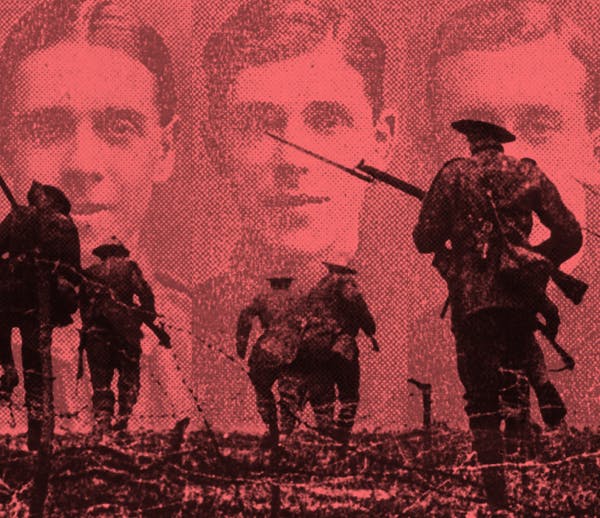Step back in time and discover Queen Elizabeth II's 1953 coronation like never before
4-5 minute read
By Jessie Ohara | September 9, 2022
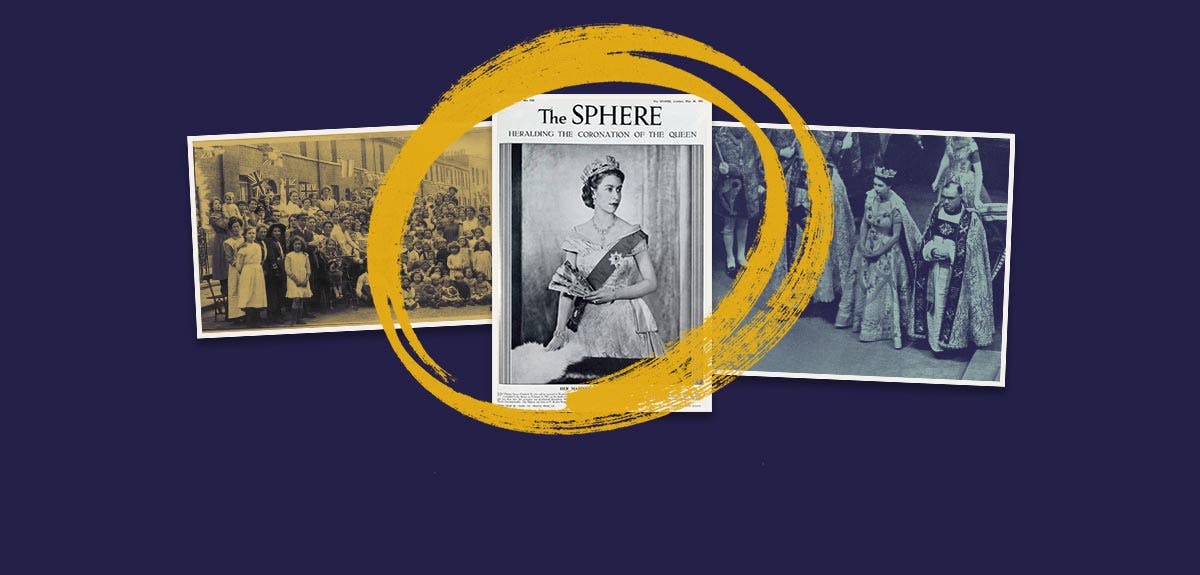
You've seen the footage and heard the stories, but how did the newspapers report on the momentous occasion of the Queen's coronation? We delved into our newspaper archive to find out exactly how the crowning went down.
A breakthrough event in more ways than one, the Queen's coronation on 2 June 1953 was watched live by an estimated 18 million people across the country. She was on the throne for 70 years, becoming the longest-reigning monarch in British history, before her passing in 2022.
We've taken a deep dive into our historical newspapers to see how the 1953 coronation date was reported on across the United Kingdom.
Anticipation of the coronation date
Queen Elizabeth II was appointed in February of 1952, after the sudden passing of her father. She was just 25 years old.
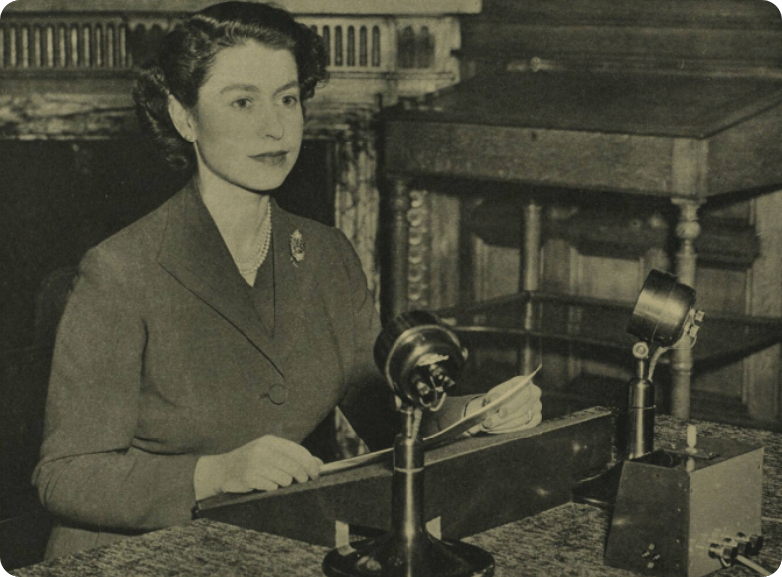
Queen Elizabeth II pictured during her first Christmas broadcast in 1952, as reported in the Illustrated London News.
Just over a year later, the Queen's coronation date of 2 June 1953 would arrive, and the entirety of a nation would celebrate alongside her.
Anticipation of the upcoming date ran high throughout the country. Towns and villages organized street parties with the help of their local councils, families planned for fancy dress competitions and baked homemade goods, and children took the day off school to help set the tables.
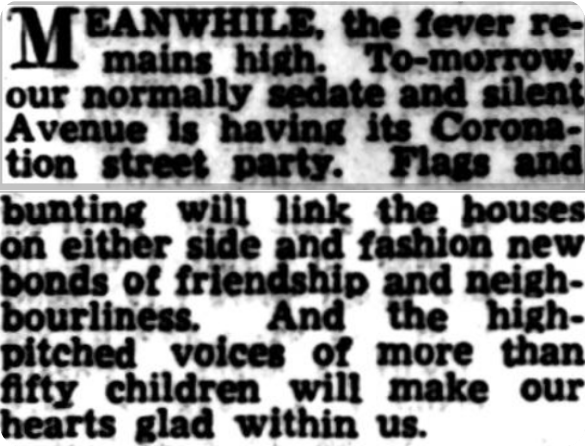
North Wales Weekly News reporting the day before the coronation, 1953.
As the North Wales Weekly News reported above:
""Tomorrow, our normally sedate and silent avenue is having its coronation street party. Flags and bunting will link the houses on either side and fashion new bonds of friendship and neighborliness.""
A sense of neighborly spirit was high all across the country. Communities and councils fundraised for the parties, holding yard sales and taking donations for decorations, entertainment and food.
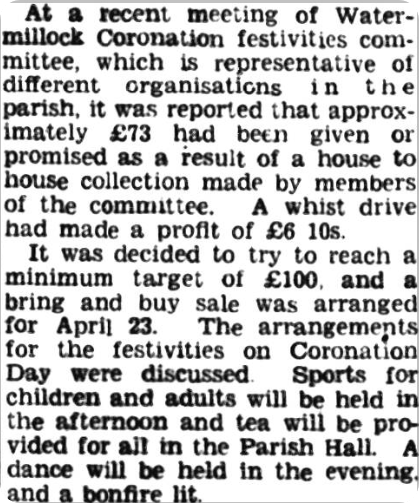
In Penrith, a coronation committee was appointed. Penrith Observer, 1953.
Many towns appointed a Ladies Committee, who helped prepare food and serve tea. Mens Comittees, on the other hand, worked together to organize light-hearted sports events and bonfires.
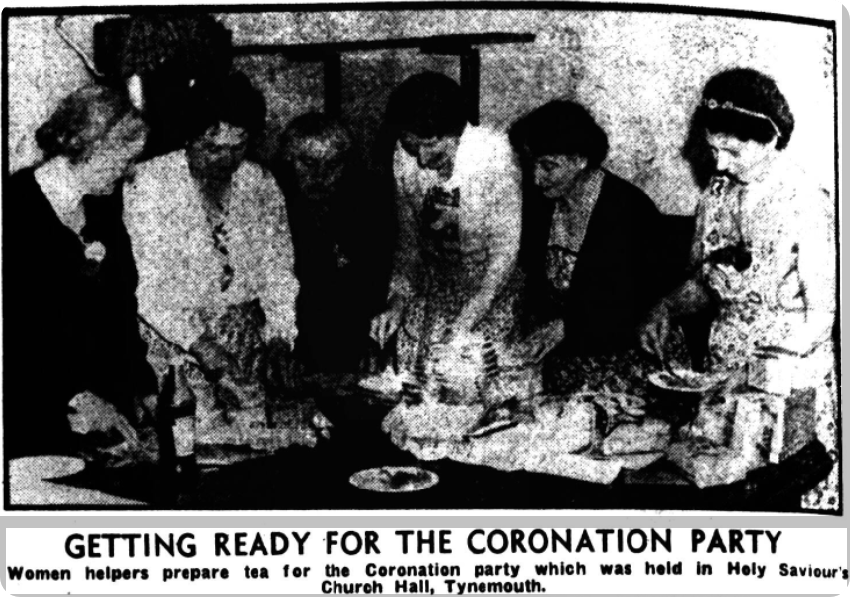
'Woman helpers' get ready for the coronation, Shields Daily News, 1953.
Even those that had their party requests denied by their local authorities found ways to celebrate the big day.
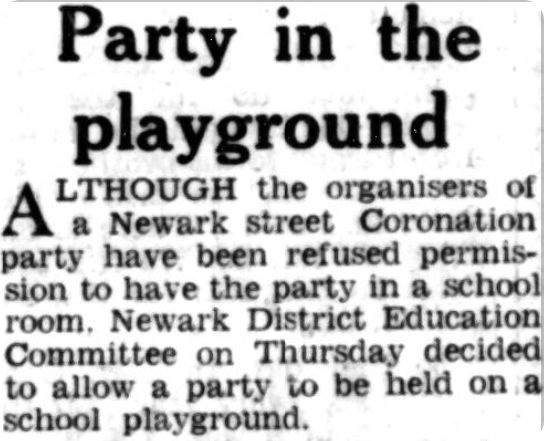
'Party in the playground', Newark Street Advertiser, 1953.
Just a quick glance through our newspaper archives for the 1953 coronation tells all: everyone across the country, young and old, was looking forward to a day of much celebration and joy.
The Queen's coronation finally arrives
After more than a year as Queen, the coronation finally arrived on 2 June 1953.
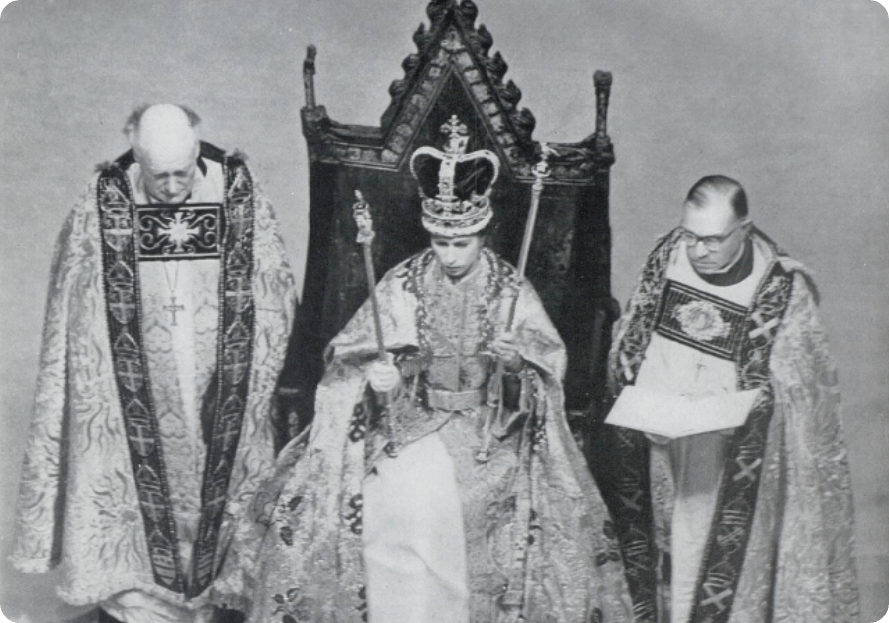
'The Queen is crowned', The Sphere, 1953.
It was watched live by millions, and the newly-crowned countenance of Her Majesty Queen Elizabeth II was splashed across every front page, British and Irish alike.
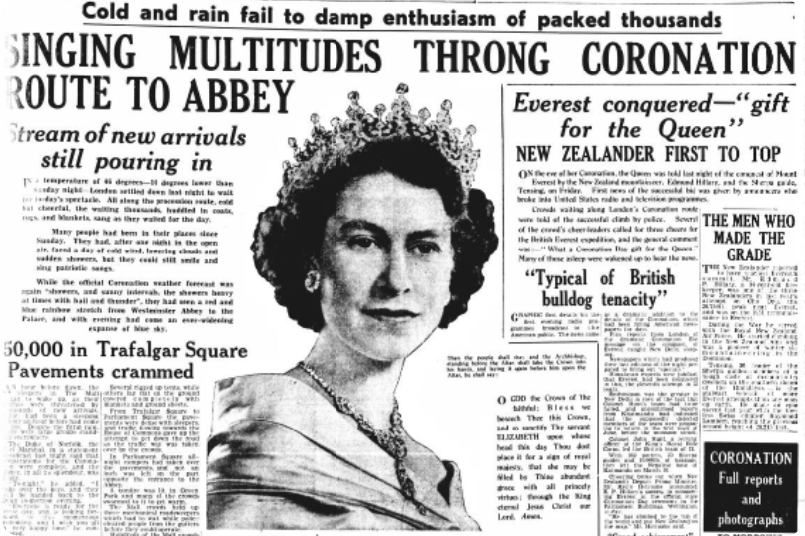
An Irish report on the Queen's coronation, Northern Whig, 1953.
Newspapers reported on people camping outside Trafalgar Square, in wintry conditions, with blankets, coats and rugs. Despite the cold, the atmosphere was still jubilant, singing songs and anthems of patriotism. It was even reported that amid the rain and sunny intervals so typical of British summertime, spectators bore witness to a rainbow across Westminster Abbey.
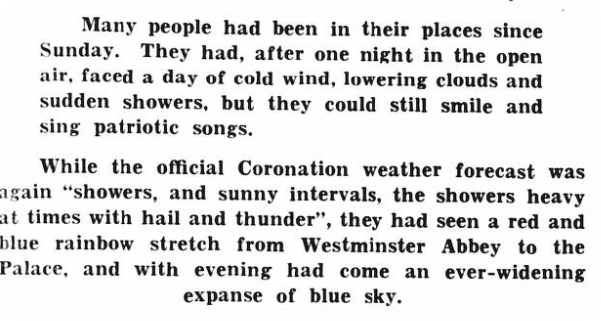
The coronation as reported by the Northern Whig, 1953.
Inside the palace, the excitement was much the same. Royal guests, including former Prime Ministers and the Archbishop of Canterbury, took their places even before the Queen herself had awakened for the big day.
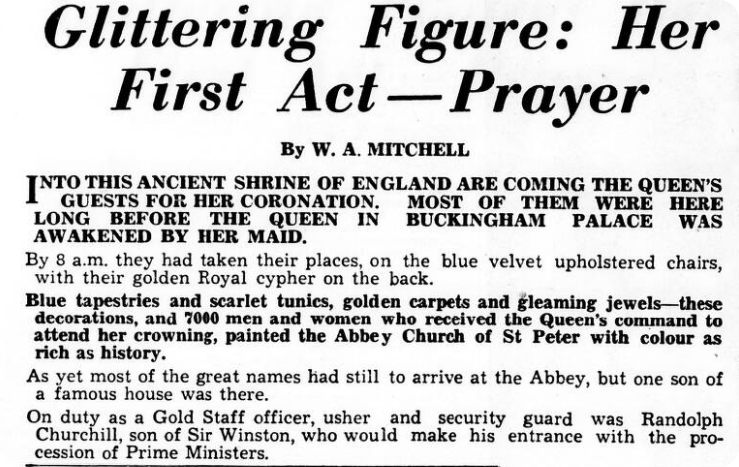
'Glittering Figure' - the Aberdeen Evening Press reports from inside of the palace, 1953.
Just as streets decorated their houses with bunting and flags, the Palace was decked out with the height of luxury in mind:
""Blue tapestries and scarlet tunics, golden carpets and gleaming jewels - these decorations and 7,000 men and women who received the Queen's command to attend her crowning, painted the Abbey Church of St. Peter with color as rich as history.""
After a few hours of waiting, the Queen arrived at Westminster Abbey. The Aberdeen Evening Press goes on to report that:
""Now for the first time here to-day, the ordinary people here - those who play no outwardly splendid role - came into their own. 'God save Queen Elizabeth!' they roared and trumpet fanfares reinforced their royal cry.""
So the ceremony began to great uproar. The Queen, ever-stoic, was described as 'steady as a rock'.
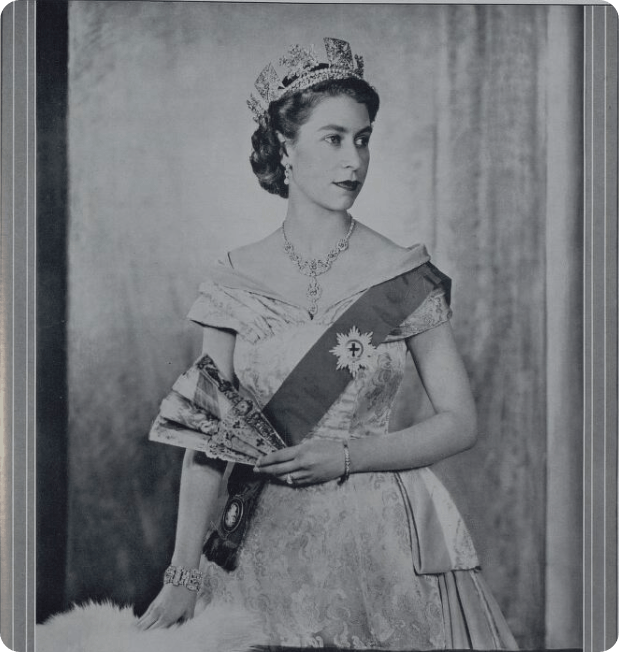
'Heralding the coronation of the Queen', The Sphere, 1953.
Finally, the crowd settled, and was said to be 'spellbound'. After a short time:
""...the Primate lifted the crown from its velvety cushion and held it aloft for all to see. Then it is upon the head of the figure who sits in the coronation Chair.""
To the celebration of the crowd, the crowning of Her Majesty the Queen took place.

'The Queen smiles a greeting', The Tatler, 1953.
Just like that, the coronation of Queen Elizabeth II had commenced. Many special edition coronation newspapers continued their reports as the Queen moved through the crowds to Buckingham Palace, smiling and waving at her adoring fans, greeting her subjects with the same grace and grandeur we all came to expect throughout her reign.
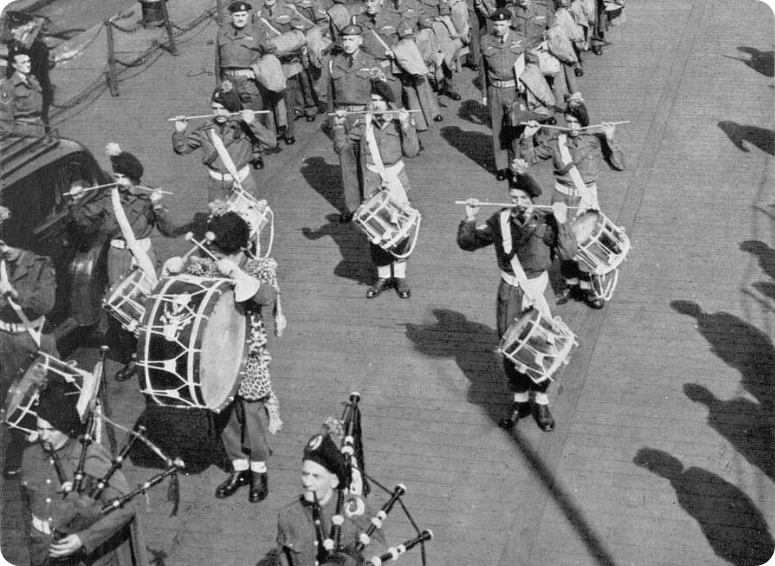
The marching band at the Queen's coronation, The Sphere, 1953.
Though the whole affair was, of course, one of national pride, the coronation reached international heights. Guests and representatives from the Commonwealth and wider Europe all came to celebrate.
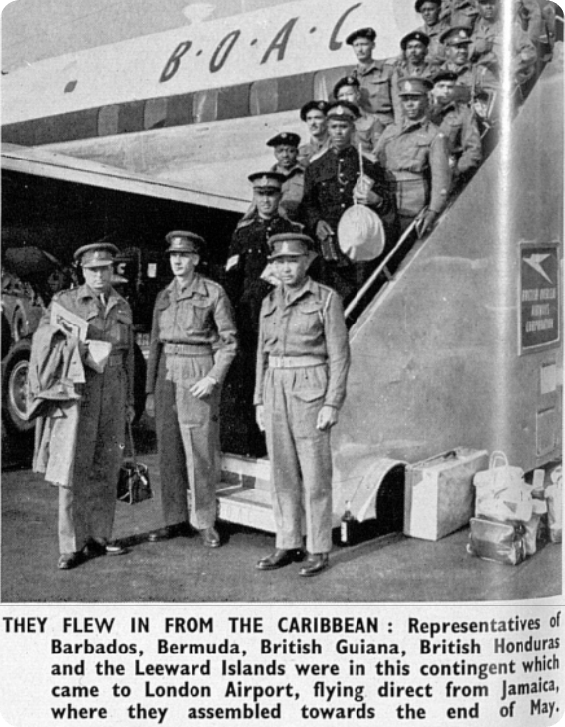
'They flew in from the Caribbean', The Sphere, 1953.
The Sphere joyfully reported:
""If for a moment in pre-coronation days sight was lost of the fact that the coronation is truly an affair touching the whole Commonwealth and Empire; if the focus was too much upon London Town, the capital city, with all its decorative wonders... it only required the coronation procession itself to bring matters back to their true perspective.""
Representatives from Bermuda, Barbados, Jamaica, Somalidad, British India, Canada and more all commenced on the journey to London for the coronation date. The Sphere continues:
""Here, indeed, was truly a splendid array, with fighting men of many races and many tongues marching rank on rank from Westminster Abbey along the coronation route ahead of the Queen.""
There's little doubt that this wasn't just an affair of national importance, but one that would be remembered throughout history, across the globe.
Finally, the Queen made it back to Buckingham Palace after the procession.
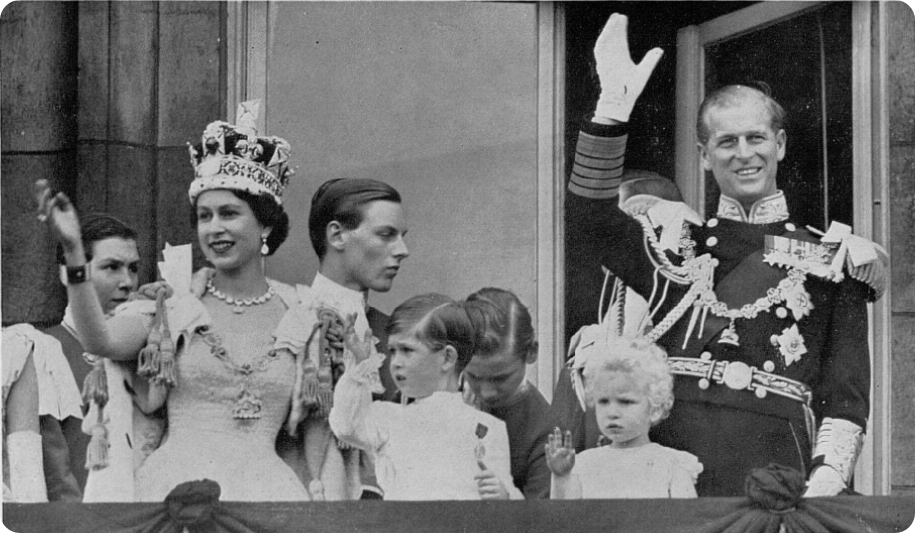
Queen Elizabeth and Prince Philip waving from Buckingham Palace balcony, The Tatler, 1953.
The Tatler described her as 'crowned and radiant', before concluding its report by asserting that this is 'perhaps the happiest picture a Sovereign has ever presented after a coronation'.
An afterglow to last the whole of 1953
Of course, reports of the coronation continued into the weeks and months after the coronation date itself. Charming coverage of the nation's celebrations were widely distributed.
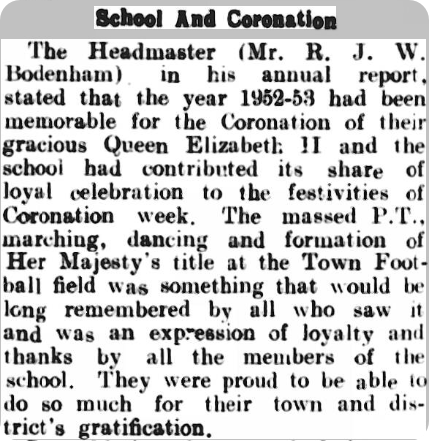
'School and Coronation', Buckingham Advertiser and Free Press, 1953.
Children and adults alike enjoyed firework displays, cake, dancing, and a wide sense of community spirit.

'Children celebrate the coronation', Leicester Chronicle, 1953.
Headlines such as 'Oldest resident was not forgotten' give a clear sense of the inclusion and love that was abundant throughout the celebrations. In this particular instance, 99-year-old Mrs A M Wharten was presented with a gift of packed tea.
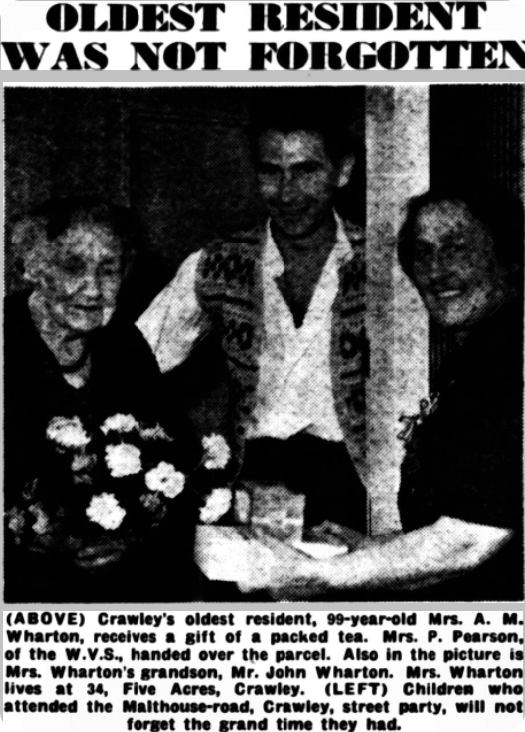
'Oldest resident was not forgotten', Crawley and District Observer, 1953.
Meanwhile, over in Runcorn, the leftover money from the coronation fundraising efforts were donated to the community for an August outing to the seaside. Three coaches of children and parents travelled together, and there were even competitions for the children using the leftover coronation prizes.
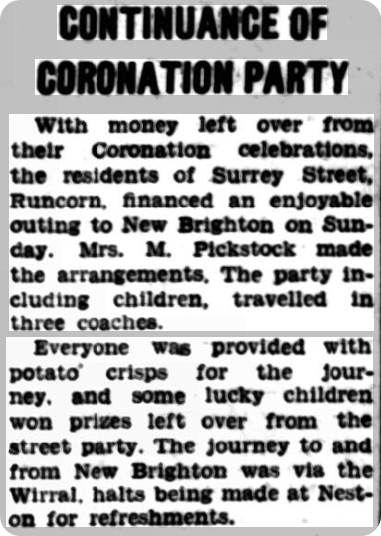
'Continuance of coronation party', Runcorn Weekly News, 1953.
In one particularly heartwarming example of community spirit, a 13-year-old disabled girl unfortunately missed her coronation street party due to a hospital visit.
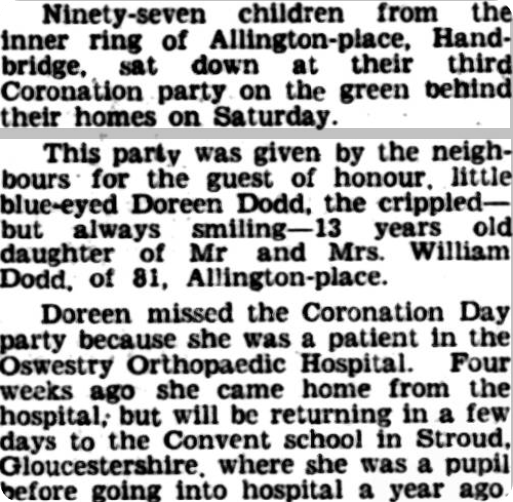
Cheshire Observer, 1953.
The neighborhood proceeded to hold another street party specifically for when she returned from hospital, so she did not miss out. Young Doreen Dodd, described as 'always smiling', took her place at the head of the table. 97 children attended her party.
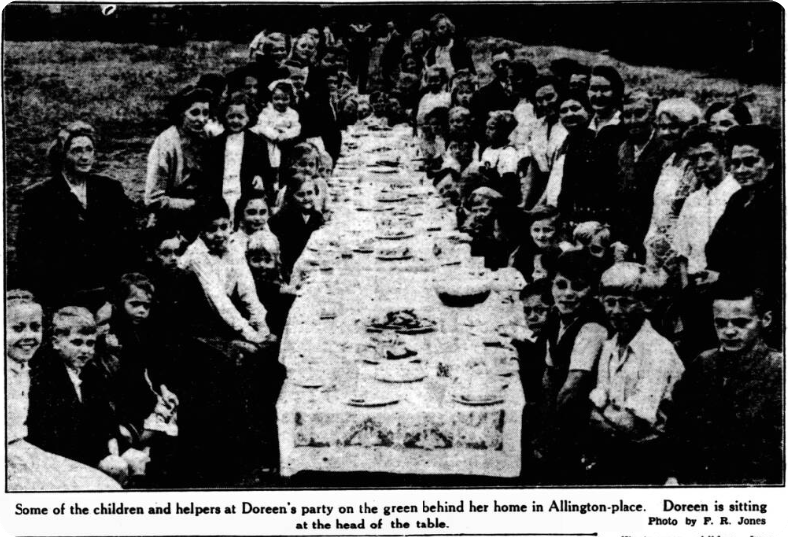
Doreen's street party, Cheshire Observer, 1953.
It is clear that from within the palace and across the entire nation, the coronation was an event that brought even the tightest of communities closer together. The Queen, smiling and radiant as she was, sparked smiles and radiance across the country she was appointed with ruling. Want to dig deeper into royal history? Dive into our comprehensive guide to the late Queen Elizabeth II's family tree and discover who was who in her royal household.




